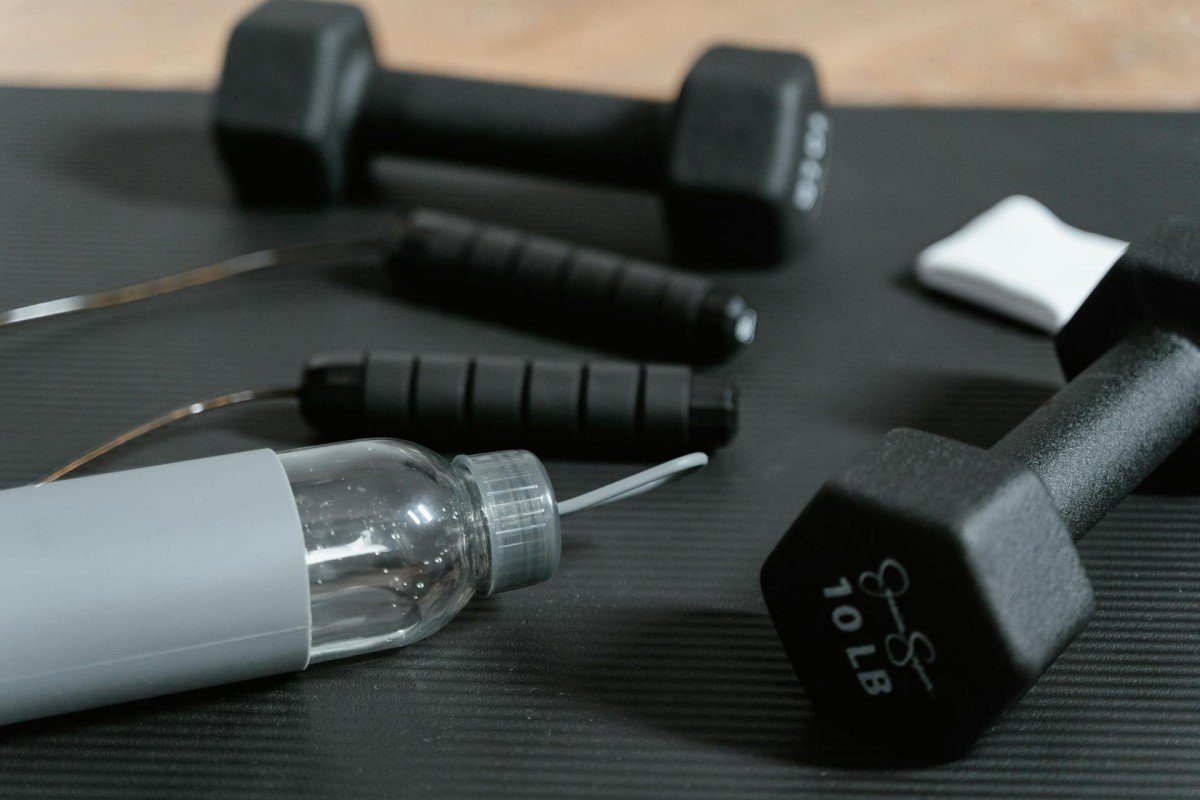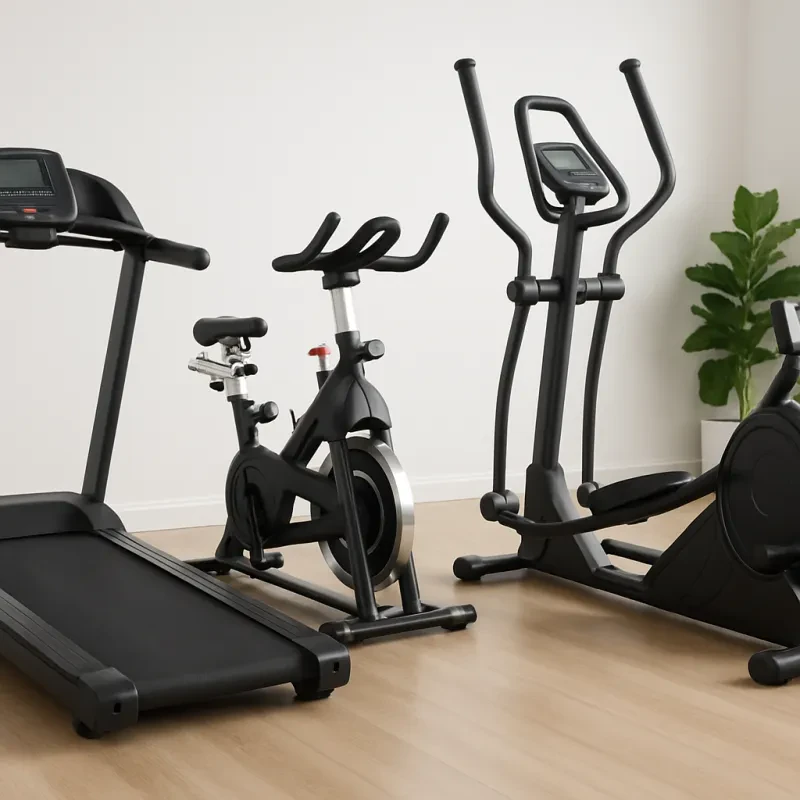Creating a fitness plan is essential for anyone looking to improve their health, build strength, lose weight, or enhance overall wellness. A well-structured plan keeps you motivated, helps track progress, and ensures sustainable fitness results. Whether you’re a beginner or an experienced athlete, having a personalized fitness plan tailored to your needs will set you up for success.
This guide will take you through the step-by-step process of developing an effective fitness plan, covering everything from goal setting to workout routines, nutrition, and progress tracking.
Why You Need a Fitness Plan
A structured fitness routine helps you stay focused and consistent in your workouts. Here are some key reasons why a fitness plan is crucial:
-
Provides clear direction on what workouts to do and when.
-
Prevents workout plateaus by incorporating progressive overload.
-
Maximizes efficiency by ensuring you train the right muscle groups.
-
Reduces risk of injury by following proper workout techniques.
-
Keeps you motivated by setting clear, achievable fitness goals.
-
Helps track progress for better long-term results.
Step 1: Define Your Fitness Goals
Before starting any workout routine, it’s essential to set clear, realistic, and measurable fitness goals. Ask yourself:
-
Do I want to lose weight, build muscle, or improve endurance?
-
What is my ideal fitness level and timeline?
-
How many days per week can I commit to working out?
Types of Fitness Goals:
-
Weight Loss: Focus on cardio workouts, HIIT training, and calorie deficit nutrition.
-
Muscle Building: Incorporate strength training, resistance exercises, and high-protein meals.
-
Endurance Training: Prioritize running, cycling, swimming, or aerobic workouts.
-
Flexibility & Mobility: Include yoga, stretching, and functional training.
Step 2: Choose the Right Workout Routine
Once you’ve set your goals, the next step is to design a structured workout plan that aligns with your objectives.
Beginner’s Weekly Workout Plan:
| Day | Workout Type |
|---|---|
| Monday | Full-body strength training |
| Tuesday | Cardio (Running, Cycling, HIIT) |
| Wednesday | Yoga or Active Recovery |
| Thursday | Upper Body Strength Training |
| Friday | Lower Body Strength Training |
| Saturday | High-Intensity Interval Training (HIIT) |
| Sunday | Rest or Light Activity |
Suspension Training Kit for Full Body Workouts
Get a versatile and effective way to build strength and tone your body at home
Product information
$39.99
Product Review Score
4.25 out of 5 stars
136 reviews
Product links
Suspension Training Kit for Full Body Workouts
Get a versatile and effective way to build strength and tone your body at home
Product information
$39.99
Product Review Score
4.25 out of 5 stars
136 reviewsProduct links
Best Workouts for Different Goals:
1. Strength Training (For Muscle Growth & Toning)
-
Squats, Deadlifts, Bench Press, Shoulder Press
-
Bodyweight exercises: Push-ups, Pull-ups, Dips
-
Resistance training with dumbbells or kettlebells
2. Cardiovascular Training (For Weight Loss & Heart Health)
-
Running, Jogging, Cycling, Swimming
-
HIIT (High-Intensity Interval Training)
-
Jump Rope, Rowing Machine, Stair Climbing
3. Flexibility & Mobility (For Injury Prevention & Posture Improvement)
-
Yoga, Pilates, Stretching Routines
-
Foam Rolling & Mobility Drills
-
Dynamic Stretching Pre-Workout & Static Stretching Post-Workout
Step 3: Create a Balanced Nutrition Plan
Exercise alone won’t get you results if your diet plan isn’t aligned with your fitness goals. A well-balanced nutrition plan should include:
Key Components of a Fitness Nutrition Plan:
-
Proteins (Chicken, Fish, Lean Beef, Tofu, Eggs) for muscle repair & growth.
-
Healthy Carbs (Brown Rice, Quinoa, Sweet Potatoes) for energy.
-
Fats (Avocados, Nuts, Olive Oil) for hormone balance.
-
Hydration (Water, Electrolytes) for optimal performance.
Meal Planning Tips for Fitness Success:
-
Eat small, balanced meals every 3-4 hours.
-
Prioritize pre-workout and post-workout nutrition.
-
Avoid processed foods and excessive sugar.
Step 4: Track Your Progress and Stay Motivated
Tracking progress is key to staying motivated and making adjustments to your fitness plan. Here’s how:
Best Ways to Track Progress:
-
Keep a Workout Journal: Log exercises, reps, weights lifted.
-
Take Progress Photos: Compare monthly before & after pictures.
-
Measure Body Metrics: Track weight, BMI, and muscle mass.
-
Use Fitness Apps & Wearables: Monitor heart rate, step count, calorie burn.
Step 5: Stay Consistent & Avoid Common Mistakes
Consistency is the most critical factor in achieving long-term fitness success. Here’s how to avoid common fitness mistakes:
Top Fitness Mistakes to Avoid:
-
Skipping warm-ups & cool-downs (leads to injuries).
-
Overtraining without rest days (causes burnout & muscle fatigue).
-
Ignoring nutrition (poor diet hinders fitness progress).
-
Lack of variety (doing the same workouts leads to plateaus).
Build a Fitness Plan That Works for You
Creating an effective fitness plan involves setting clear goals, choosing the right exercises, following a structured workout routine, maintaining proper nutrition, and tracking progress. Whether your goal is weight loss, muscle building, or improving endurance, a well-planned fitness regimen will help you achieve lasting results.




